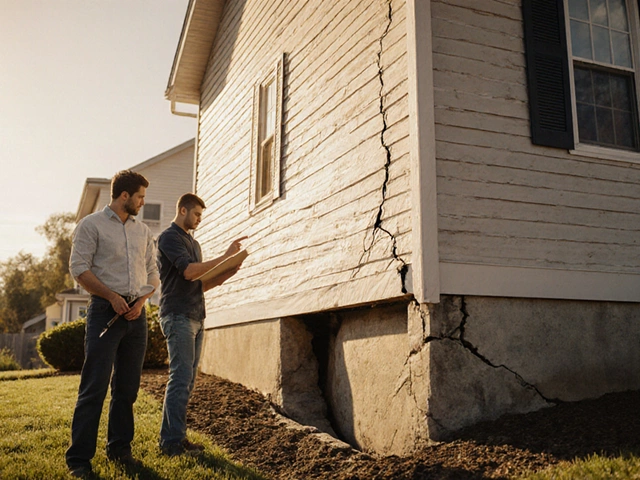Drilling New Builds: Essential Tips for Strong Foundations
If you’re about to start a new build, the first thing you need to think about is the ground you’re building on. Drilling might sound like a heavy‑duty task, but it’s really just the way you make sure the soil can hold up your house, garage, or office. Skipping this step or getting it wrong can lead to costly fixes later, so let’s break down what you need to know.
Why Drilling Matters Before Construction
Before any footings go down, you have to know what’s underneath. Drilling gives you a clear picture of soil layers, water tables, and hidden obstacles like rock or old foundations. With a borehole you can see if the ground is clay, sand, or a mix – each type reacts differently to weight and moisture.
A common mistake is assuming “all soil is the same.” In reality, a site might have a firm layer at three metres and a soft, compressible layer just below it. If you pour a concrete slab on that soft layer, the house could settle unevenly, causing cracks in walls and floors. Drilling helps you locate the right depth for footings, decide if you need piles, and choose the right type of concrete mix.
Choosing the Right Drilling Method and Equipment
Not every drilling job is the same. For shallow investigations (up to 3‑4 metres) a handheld auger or rotary drill works fine. It’s quick, cheap, and gives you enough sample to run basic tests. When you need deeper data – say for a two‑storey house or a commercial build – a rotary‑sonic or percussion drill can reach 10‑15 metres and pull core samples that show you the exact strength of each layer.
Equipment choice also depends on site access. If you’re on a tight urban lot, a compact truck‑mounted drill can fit between parked cars. In a rural area with loose soil, a larger rig can handle tougher ground without getting stuck.
Once you have the borehole, you’ll run a few simple tests: moisture content, grain size analysis, and a Proctor test to gauge compaction. These results tell you if you need to amend the ground – maybe by adding crushed stone, lime, or by compacting in layers. The goal is to create a stable base that spreads the building load evenly.
In practice, many builders schedule drilling early in the project timeline – right after the planning permission is secured. That way, any required ground improvement can be built into the schedule, avoiding delays when the concrete crew shows up.
Remember to work with a qualified geotechnical engineer or a reputable drilling company. They’ll provide a detailed report, usually with recommendations on footing depth, type of foundation (strip, raft, pile), and any special measures needed for water drainage.
To sum it up, drilling isn’t just a checkbox – it’s the foundation of a solid build. Get the right method, collect accurate data, and act on the recommendations. Your future self (and your wallet) will thank you when the house stands strong for decades without unwanted cracks or settling.
Can You Drill Into New Build Walls? What Homeowners Need to Know

Thinking about hanging shelves or a TV in your new build? This article breaks down whether you can drill into new build walls, what you should watch out for, and simple tips to avoid major headaches. It explains the types of walls you’re likely to find in new construction, common risks, and how to protect your home warranty. Get practical advice and real-world solutions for stress-free DIY projects in your freshly built space.
read more



